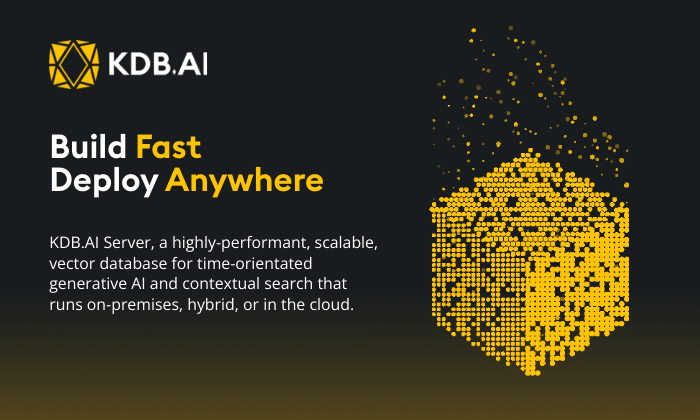By Charles Gregory
Resiliency and optimization. These words hung on the lips of attendees at the bellwether 1LoD Surveillance Leaders Network event recently, and with good cause. Volatile markets and rampant geopolitical change have, in many ways, become the status quo and it’s clear that in this new reality, many Surveillance functions are no longer fit for purpose.
“Whether the billions of dollars in losses linked to Russia’s invasion of Ukraine and subsequent Western sanctions have prompted big banks to increase their geopolitical expertise remains unclear. It is by no means certain that they are ready for the next major crisis, experts say.” — Thomson Reuters
In many cases, financial institutions lean on the Model Governance framework to maintain their risk management and, while it arguably aids long-term resilience, by its very nature, it makes the necessary change hard to achieve. Instead, to solve the ‘in-the-moment’ decisions that a modern company needs to be able to make in mission-critical parts of their business, 1LoD attendees advocated – overwhelmingly — for optimization.
In the past 24 months, alerts optimization – or enhanced core vendor alerts – as well as an increased focus on or optimization of investigations (i.e., the streamlining of investigators’ workflow) has become more widespread. This approach not only improves efficiency but also overall risk focus and, increasingly, real business value.
But to truly adapt to the changing characteristics of today’s financial markets and future proof their Surveillance capabilities, institutions must continually raise their own standards.
Is our technology simply “good enough,” or is there more we can do to derive insights from our data volumes? Does our system support data availability and institutional resiliency? How is it contributing to our data quality?
Consider, for example, rules-based fraud detection systems today. Many financial institutions are trying to pivot away from rules-based alerts due to the number of false positives generated today, but — put simply — regulators’ preference for them is unlikely to change anytime soon. In the meantime, some institutions have begun to augment vendor system alerts with Machine Learning (ML), otherwise turning a potential risk into an opportunity. By applying ML / AI to commentary in the alerts that investigators have added, institutions can identify recurring themes and areas where alerts can then be improved. Some firms are even going a step further, looking at wider behaviors of traders or customers — e.g., the overall pattern of alerts, policy breaches, etc. — to determine abnormalities and supplement traditional rules-based alert systems.
According to Gartner’s Top Trends in Data and Analytics, 2022 report, by 2025, these kinds of AI and context-driven analytics approaches will become a necessity and replace 60% of existing models built on traditional data. Per Gartner, “In an ever-changing world full of uncertainty, context is a necessity, not just ‘nice to have.’ Utilizing contextual data enables building a richer knowledge-based model of business entities and relationships to meet the challenge of accelerated internal and external business dynamics.”
There’s a very real and tangible cost of not improving one’s decision-making ability, especially with respect to perishable business moments. An emphasis on optimization can be a very productive step in the right direction, but to answer the critical business questions and drive decision-making in today’s volatile financial market, institutions are already looking to what’s next. Will you be ready?







